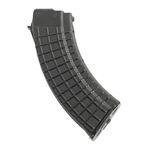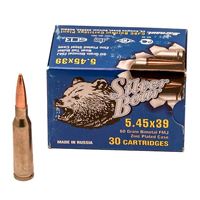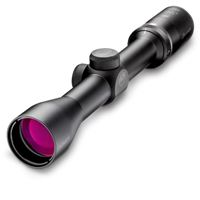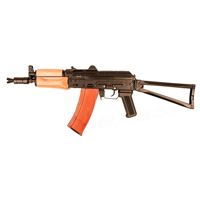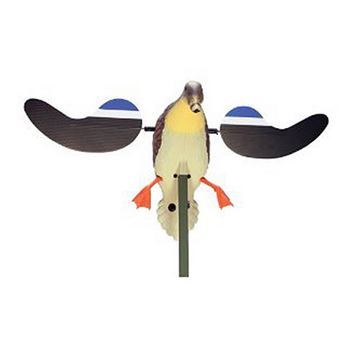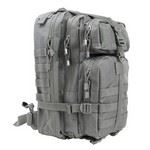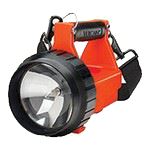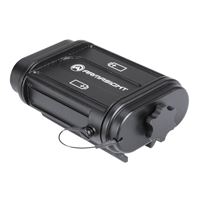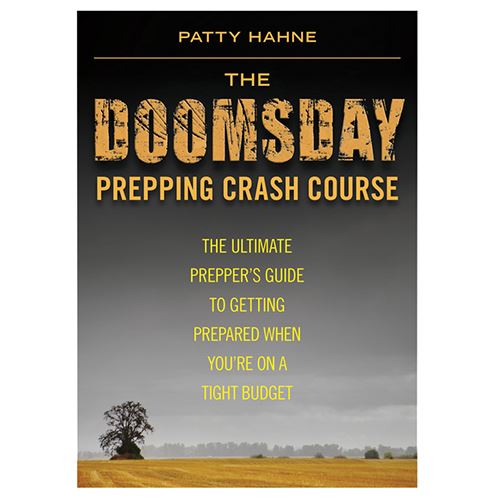The Glock 44 rimfire was met with some derision by those wishing to own a single-column magazine 10mm or perhaps the long-awaited Glock carbine. I don’t know if Glock is seriously considering these firearms, but it listens.
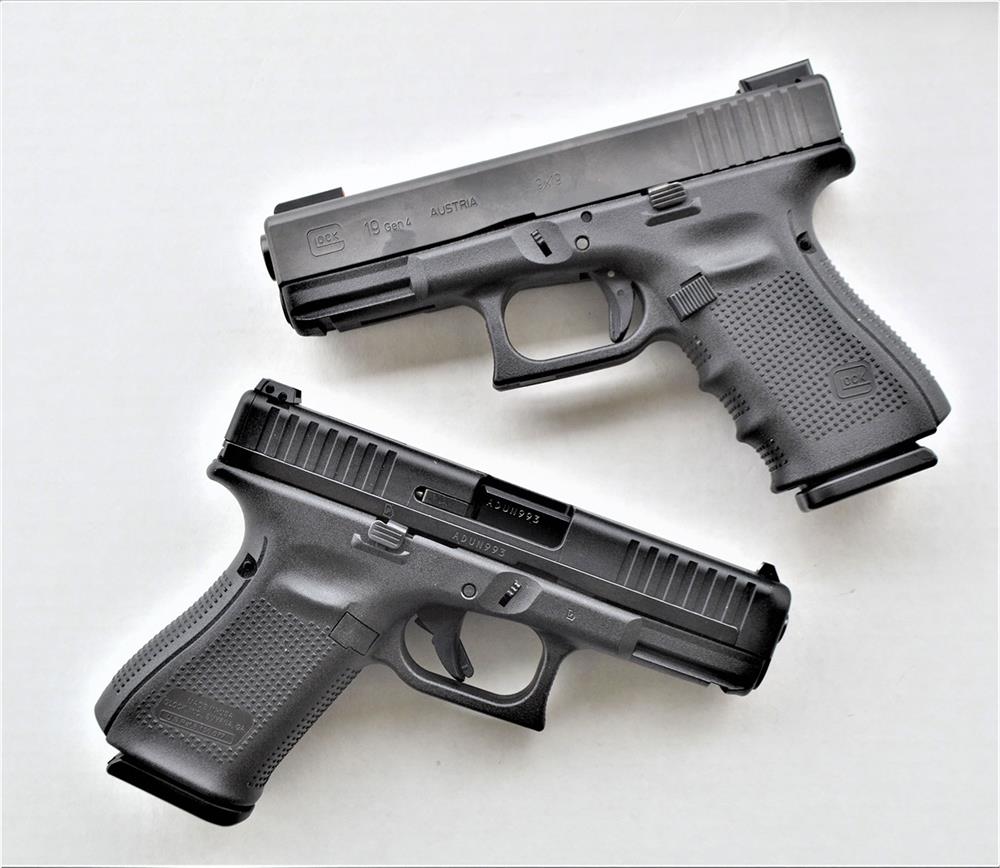
Glock listened when American officers asked for self-loading pistols to level the playing field. Chiefs, bean counters, and administrators were grudging to give officers much needed hollow point bullets. They avoided leveling the playing field. (Antigun and anticop goes hand in hand.) The Illinois State Police paved the way with self-loaders, but the Democrats in charge limited them to FMJ ammo. A Republican governor finally made the change.
In most jurisdictions, administrators agreed to issue self-loaders when a double action only was offered. The big American gunmakers turned a deaf ear to American cops, offering a warmed-over Americanized P38 for police service. They thereby abrogated the police market to the Europeans for the next four decades.
Glock’s Model 17 9mm was the first Glock, followed by many other Glock pistols, including my favorite the Glock 19. Glock responded to police requests with the Glock 22 .40 and .45 GAP—an underrated caliber with many applications. That is all a thrice told story. The .22 rimfire Glock is today’s headline.
Glock has boldly moved out of the personal defense and service market. Many makers or aftermarket makers offer rimfire conversions for their handguns. Some work well, others not so well. I have used a .22 caliber handgun for marksmanship training, practice, and small game hunting for decades. They are just fun guns.
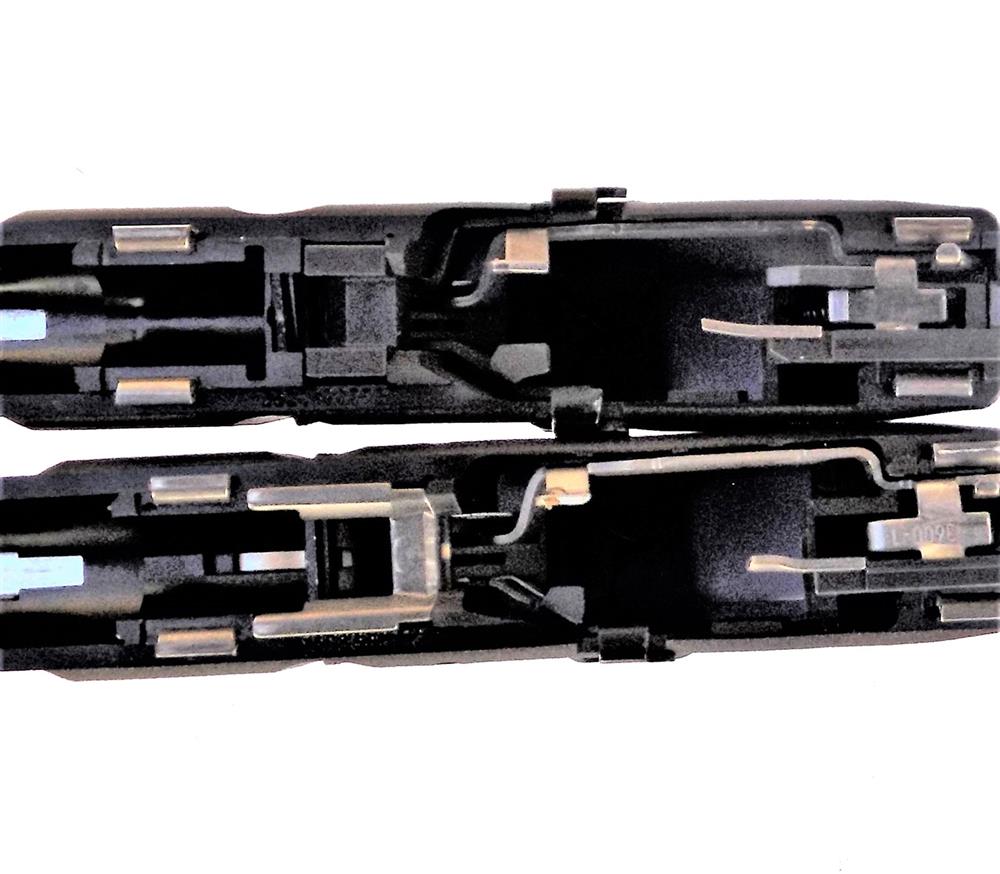
You don’t have to have a reason to own one. Shooters who neglect to own a .22 handgun are missing out on an important tool. The cost of a handgun pales over the cost of an extensive training regimen. The .22 allows many thousands of rounds of rounds of ammunition to be fired for a pittance. The problem is the fact that the .22 LR is a hoary old design.
The rimmed cartridge case and heel-based bullet don’t make for the most reliable feeding not to mention the powder designed for rifles. The resulting pressure curve makes for difficulty in convincing a pistol to feed properly. Most makers warranty their pistol with work only with high velocity loads. Since standard velocity loads are generally more expensive than bulk produced high velocity loads, this isn’t a demerit. CCI alone manufactures billions of .22 LR cartridges a year.
The Glock 44
The Glock 44 is a Generation 4 type with finger groove frame. The pistol is designed to mock the popular Glock 19 9mm. The Glock 44 is well suited for rimfire practice for those who own Glock centerfire handguns. The pistol is equally well suited to beginning shooters and those who enjoy informal target shooting and small game hunting.
A radical departure from the Glock 19 is a lightweight slide that is a hybrid mix of polymer with metal reinforcement. A steel slide would be too heavy to be actuated by rimfire recoil. While it may be tempting to fit aftermarket sights, perhaps the same XS sights found on your Glock 23 (as an example), would be best suited. Makers tell me they do not recommend steel sights be pressed into the polymer Glock hybrid slide. Downer there. Otherwise, the take-down, magazine release, and trigger action are straight up Glock.
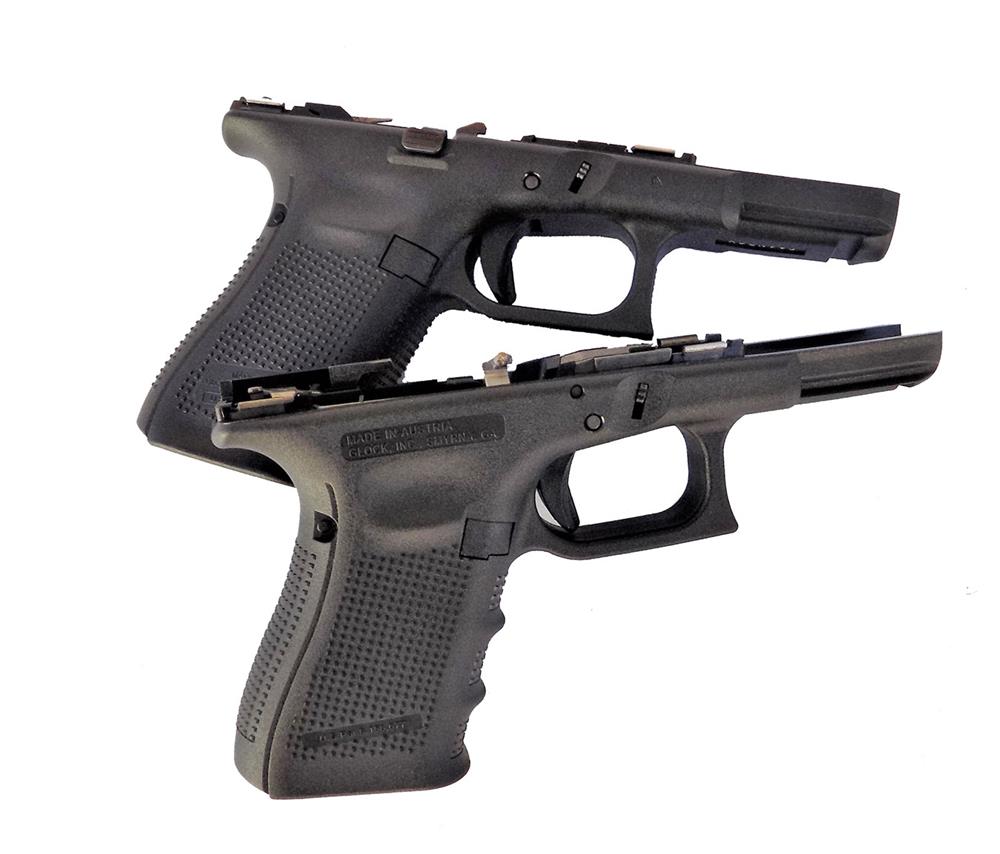
You cannot place the Glock 44 slide on a Glock 19 frame. The locking block and other parts differ. The barrel is removable. The barrel is what Glock calls a Marksman barrel. The chamber is fluted to aid feed reliability. A threaded barrel will be available within weeks, according to Glock. Spare magazines are about $28 dollars. The pistol is supplied with two magazines. However, Glock did not include a loading tool. The easy load design doesn’t need a loading tool though.
The overall length is 7.28 inches. Barrel length is 4.02 inches. Standard Glock-type frame inserts are included. The Glock 44 features a rail for mounting combat lights. Unlike most .22 caliber rimfire handguns the Glock 44 may be dry fired without harming the firing pin.
The difference most apparent in handling is weight. The Glock 44 weighs just over 14.5 ounces, nine ounces less than the Glock 19. The Glock 44 uses a single column, 10-shot magazine. Glock tells us that a high-capacity magazine is difficult to convince to feed with the rimmed .22 Long Rifle cartridge.
The magazine features a nicely located tab on the follower that makes loading easy. Depress the tab and load one round at a time to properly stack the ammo in the magazine, do not depress the tab and drop cartridges into the magazine. The proper sequence ensures feed reliability. The Safe Action trigger breaks at 5.8 pounds compression.
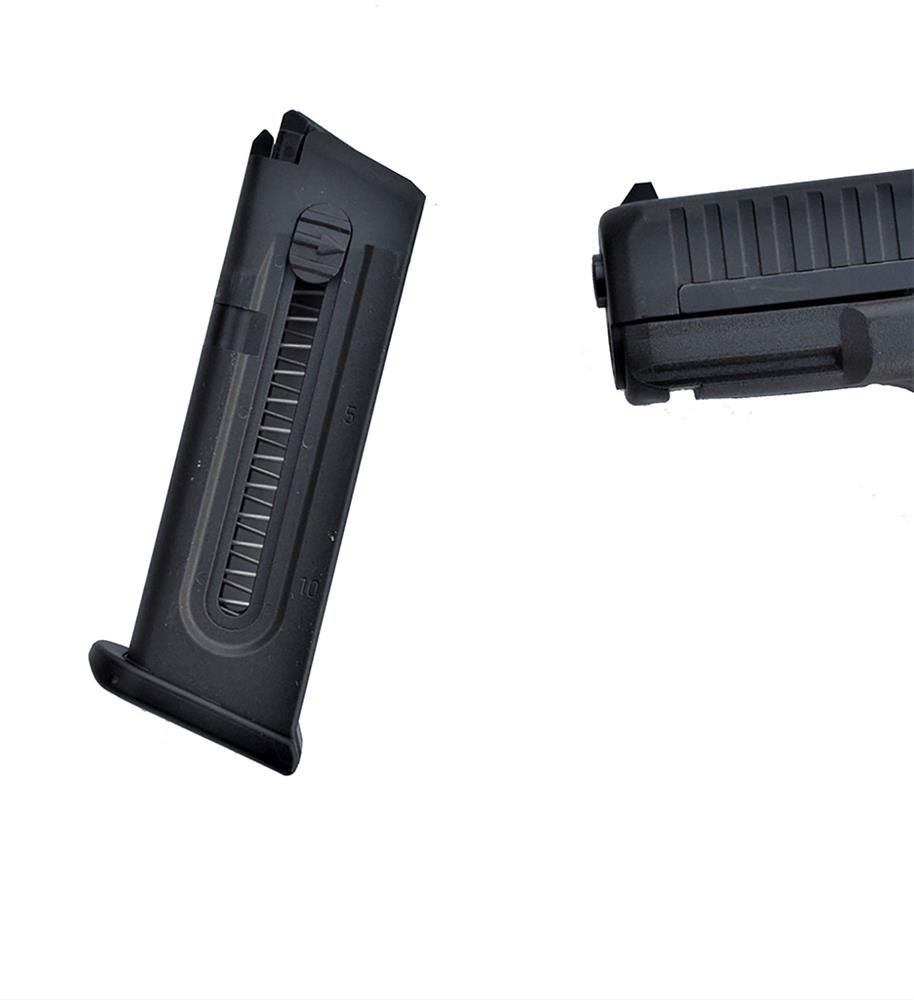
I have fired the Glock 44 extensively with a lot of help from the grown grandchildren. The pistol is a fun gun. Personal defense drills may be ran quickly. It really isn’t much faster to fire a string than the Glock 19, at least accurately, as you must be careful to center the sights and the whippy slide makes it a bit more difficult. No problem; this is a .22. So, cross training with the 9mm is pretty realistic.
As for hunting, I will no longer have to hold the Colt Frontier .22 in one hand and a light in the other. I can use two hands and light up a raccoon with the TruGlo combat light on the rail of the Glock 44.
As for reliability well it isn’t up to the usual Glock standard. Various institutional shootouts have subjected the Glock 9mm to 10,000 to 40,000 rounds of ammunition and found the piece very reliable. Occasionally, a trigger return spring will break at 30,000 rounds. Big deal.
The Glock 44 does have a drawback in mounting aftermarket sights, but that’s ok. Just not perfect commonality with the service gun. The trigger action may be changed with an aftermarket trigger group, so that’s good.
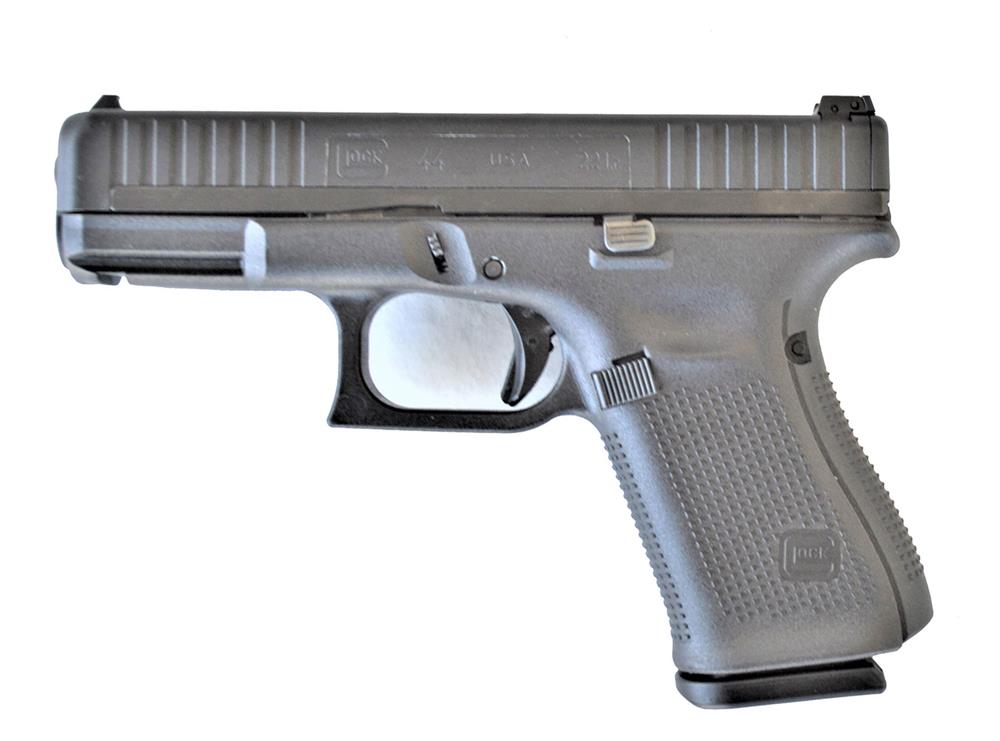
The slide and barrel differ in the locking block, so you cannot put a Glock 44 slide on the Glock 19 and that’s good. Reliability is the big problem. It isn’t as reliable as Glock claims.
With several types of high velocity loads, it is almost but not quite 100 percent. Be careful how you stagger the cartridges in the magazine. Subsonic ammunition is supposed to work. Sometimes yes and sometimes no, in my testing. Once the piece is dirty, subsonics don’t work as well.
The first sign is the slide doesn’t lock open on the last shot. My pistol was reliable with CCI Mini Mags, either RN, HP, or segmented. These loads are 100 percent at least up to about 400 rounds. Don’t laud my efforts too much, it was a lot of fun.
Keep the Glock 44 .22 pistol clean and lubricated, and it will go several hundred Mini Mags without a hiccup. That’s all we can ask. It is a neat .22, a Glock, it is less reliable than some .22s and more so than others.


